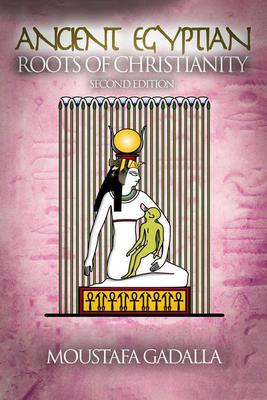Transfiguration Of Horus — A New Alpha
Fifty days after Isis’ first teardrop (on 17 June), on 6 August, the Ancient Egyptians celebrated the reappearance of Osiris in the form of the resurrected Horus. This was confirmed by Plutarch in his Moralia, Vol. V (372,52B):
“In the sacred hymns of Osiris they call upon him who is hidden in the arms of the Sun; and on the thirtieth of the month Epiphi [6 August] they celebrate the birthday of the Eyes of Horus, at the time when the Moon and the Sun are in a perfectly straight line, since they regard not only the Moon but also the Sun as the eye and light of Horus.”
This is identical with the later Christians’ claim of the transfiguration of Jesus, celebrated by the Orthodox Church on 6 August. This holiday commemorates the “revelation of Jesus’ divinity to Peter, James, and John”.
This Ancient Egyptian tradition continues, camouflaged in the Mouled of El-Desouki, at the town of Desouk on the east bank of the westerly branch of the Nile River. El Desouki is lovingly known as Abu-el-e-nane (of the two eyes), just like Horus, the Elder of the Two Eyes.
The two eyes of Horus mentioned by Plutarch are the sun and the moon, symbols of his parents, Isis and Osiris. As stated earlier, Isis represents the solar principle in the universe, and Osiris represents the lunar principle in the universe.
This mouled is recognized by the best magical (divination) acts in Egypt, which correspond to the later Christian celebration whose main theme is the “revelation of (Jesus) divinity”.
[An excerpt from Ancient Egyptian Roots of Christianity, 2nd Edition by Moustafa Gadalla]
https://egyptianwisdomcenter.org/product/the-ancient-egyptian-roots-of-christianity-2nd-edition/
https://egyptianwisdomcenter.org/product/the-ancient-egyptian-roots-of-christianity-2nd-edition/

